What is Landscape Painting? Definition, Techniques, & Iconic Works
Author:
GeorgeUpdated:
10.01.2025


- Key Takeaways
- What is a Landscape Painting?
- A Brief History of Landscape Painting
- What are Common Landscape Painting Techniques?
- 5 Classic Landscape Artists & Their Paintings
- 1.1. J.M.W. Turner – “The Fighting Temeraire”
- 2.2. Claude Monet – “Impression, Sunrise”
- 3.3. Jacob van Ruisdael – “View of Haarlem with Bleaching Grounds”
- 4.4. Claude Lorrain – “Landscape with the Marriage of Isaac and Rebecca”
- 5.5. Caspar David Friedrich – “Wanderer Above the Sea of Fog”
- 1.
- 5 Best Contemporary Landscape Painters
- How to Make Your Own Landscape Painting
Nature has always been a source of inspiration for artists. For centuries, artists have turned to landscapes to express their heartfelt emotions, tell stories, and reflect on the world around them. And you know what? This connection hasn’t faded with time!
Even today, artists consider landscape paintings as some of the best possible ways to realize their creative potential. As a result, modern homes, galleries, and even digital spaces are full of contemporary landscape art.
However, it’s not simple to create a landscape painting that feels alive and authentic at the same time. Even professional artists find it hard to achieve the right balance of colors and light at times. The same is true for art enthusiasts — finding a landscape painting that resonates with personal memories or emotions isn’t an easy task.
That’s why it’s so important to grasp the essence of what landscape painting is - a form of art that aims to express the beauty of the natural world. In this article, we’ll explain what landscape painting is and discuss why it never stopped inspiring art admirers.
Key Takeaways
Landscape painting is a genre of art that combines nature and emotion. It focuses on natural sceneries like mountains, rivers, and forests and aims to evoke a sense of place.
Landscape painting has been around for over 3,500 years. It dates back to 1500 BCE with Egyptian and Mesopotamian frescoes. It became a separate genre during the Renaissance (15th–16th centuries).
The most common landscape painting techniques include layering, glazing, perspective, and impasto.
Iconic artists like J.M.W. Turner and Claude Monet took part in developing the genre of landscape art.
Contemporary painters. Such as Shara Hughes and Beau Carey still continue developing the genre and redefining the standards of landscape paintings.
You can create your own landscape painting in 6 steps: find inspiration, sketch your composition, prepare colors, block in the background, add layers and details, and refine and balance the final piece.

What is a Landscape Painting?
Landscape painting is one of the most popular types of art where nature is the focal point of the artwork. Typical landscape paintings portray natural sceneries, such as snowy mountains, dark forests, flowing rivers, open meadows, and expansive skies. Regardless of the specific content, the aim of landscape art is to revive nature and induce a sense of place that connects the viewer to the scene on an emotional level.
Perspective, light, and color are key elements that create depth, mood, and balance in landscape art. As a result, they push the viewer to interpret the natural world in their own subjective view.
What makes landscape art stand out?
Its ability to combine realism and subjectivity. In fact, landscape artists aim to balance realistic elements of nature with emotional depth and that’s how they evoke such deep feelings and connect personally with their viewers.
A Brief History of Landscape Painting
The history of landscape art is directly related to ancient times, back when artists used to portray natural scenes in wall paintings and frescoes. This was around 1500 BCE, as seen in the art of ancient Egypt and Mesopotamia. It seems like ancient landscape artists believed that nature was the most effective way to realize their creative potential and depict human emotions.
However, the first time landscape painting actually became a standalone genre was during the Renaissance period in Europe. That’s when talented artists like Leonardo da Vinci and Pieter Bruegel the Elder started using perspective and light to create realistic scenes. Therefore, we can say that this artistic genre dates back to the 15th and 16th centuries.
Considering that nature had become a central theme in European art, the genre quickly gained popularity and began to reach new heights. One especially notable moment was the rise of Dutch Baroque landscapes in the 17th century. We can’t overlook the names of Jacob van Ruisdael and other Dutch masters who reflected the beauty of rural life with incredible detail and realism.
As time went on, landscape painting evolved with the artistic movements of the 18th-20th centuries, including Romanticism, Impressionism, and Modernism.
The table below shows the evolution of landscape painting from ancient times until the 20th century.

What are Common Landscape Painting Techniques?
At first glance, landscape art might seem straightforward. After all, you just need to capture a scene from nature, right?
But here’s the thing: bringing a landscape to life on canvas requires more than just observation. In fact, artists need to be skillful enough to know how to create depth, emotion, and a sense of place that resonates with the viewer.
To achieve this purpose, professional artists use methods like layering, glazing, and impasto. Besides, they always balance light and shadow in order to add depth and realism to the scene.
So, what are the common techniques you can use as a landscape painter?
- Layering - This technique involves building up layers of paint, starting with a basic background and adding details over time. It’s especially effective in oil painting. That’s due to the slow drying time, which allows for adjustments and the possibility to create texture.
Check out our custom oil paintings to see how layering adds texture and realism.
- Glazing - Artists use thin, transparent layers of paint to create luminosity and shift tones. As a result, they can enhance elements like skies and water with natural sunlight.
- Perspective - To create depth, artists use linear and atmospheric perspectives. This technique also requires understanding vanishing points, horizon lines, and how to represent objects based on their relative size and position in space.
- Impasto - Painters who aim to make their landscapes full of life apply thick, textured strokes of paint. This adds movement and energy.
Interestingly, some artists even develop their own signature methods to capture the energy of a landscape. For example, contemporary impressionist Erin Hanson explains her approach:
"I developed a technique in which I pre-mixed my entire palette of colors and then applied thick brush strokes of paint to the canvas without layering or blending. This gave a spontaneous, textural look to my paintings that appealed to me and captured the vivacity of the desert."

5 Classic Landscape Artists & Their Paintings
It’s hard to pick only a few artists from the broad history of landscape painting. The thing is that the genre of landscape painting was developed in its modern form by numerous talented artists. Today, we’ll present 5 of them who actually redefined how we see the world around us.
1. J.M.W. Turner – “The Fighting Temeraire”
Did you know that J.M.W. Turner was called the “Painter of Light”? Well, considering that his use of light and color redefined how artists approached landscapes, it’s not a big surprise.
When discussing landscape art, mentioning Turner is a must. He’s the artist every painter looks to for inspiration and the master of transforming natural scenes into something transcendental.
“The Fighting Temeraire” is one of Turner’s most iconic works that reflects a sunset’s golden glow. One glance at its bold use of light and color is enough to realize that the artist tells a story of change and nostalgia.
2. Claude Monet – “Impression, Sunrise”
Whether you’re involved in the art industry or not, chances are that you know Claude Monet — the father of Impressionism, who revolutionized how landscapes were painted. “Impression, Sunrise” is one of his most remarkable masterpieces.
Monet created the painting in 1872. At first, he didn’t intend to name a movement. Instead, it was just how he described the harbor in Le Havre at sunrise. Believe it or not, critics even mocked the work for its unfinished look and they sarcastically labeled it “Impressionism.” Little did they know, this term would define an entire art movement.
3. Jacob van Ruisdael – “View of Haarlem with Bleaching Grounds”
The next classic landscape artist who took part in shaping the genre is Jacob van Ruisdael. He became famous after creating impressive illustrations of the Dutch countryside. Thanks to his masterpiece, “View of Haarlem with Bleaching Grounds,” Ruisdael is considered one of the greatest painters of the Dutch Golden Age.
Wondering what makes his landscape art so special?
It’s his unparalleled ability to create the glory of the Dutch landscape. Here’s the deal:
In “View of Haarlem with Bleaching Grounds,” the artist combines sweeping skies with tiny, specific details of bleaching fields. Besides, the viewer can immediately feel a sense of tranquility after glancing at his use of oil on canvas and atmospheric perspective.
4. Claude Lorrain – “Landscape with the Marriage of Isaac and Rebecca”
Claude Lorrain is among those artists who pioneered the genre of landscape painting and made it more important than the figures within it. That’s exactly what you can witness in his masterpiece, “Landscape with the Marriage of Isaac and Rebecca.”
In the painting, the central stage is dedicated to the natural scenery. But unlike most modern landscape artworks, the painting features the biblical narrative. Specifically, the painter reflects the moment of Isaac and Rebecca’s marriage from the Old Testament. It turns out that he used oil on canvas to create a glowing, tranquil atmosphere that made the natural elements look divine.
5. Caspar David Friedrich – “Wanderer Above the Sea of Fog”
And the fifth landscape artist that deserves recognition is Caspar David Friedrich — one of the most iconic painters of the Romantic era. “Wanderer Above the Sea of Fog” is a breathtaking landscape artwork that stands out for its ability to make people reflect on their place in the world.
As Coleman Richards, author at DailyArt Magazine, explains:
“I and others hold his work in such high regard because through his works—especially Wanderer Above the Sea of Fog—we are acutely educated in what exactly Romanticism (and much of art in general) is about: our inner world being communicated through existence in our outer world.”
Today, the artwork is housed in the Kunsthalle Hamburg in Germany and remains one of the most celebrated symbols of Romanticism.

5 Best Contemporary Landscape Painters
While the landscape art genre is mostly known for its classic masterpieces, contemporary artists are redefining modern ways to reflect natural settings.
If you’re interested in studying more about contemporary landscape art, we suggest taking a look at the masterpieces of these creative landscape painters.
- Shara Hughes - An American painter who lives and works in Brooklyn. She’s known for surreal landscapes. Her work has been exhibited in major galleries like the Whitney Museum of American Art.
- Beau Carey - A painter and educator based in Albuquerque, New Mexico. He paints landscapes inspired by challenging environments, such as the Arctic and Lake Superior.
- Paul Anthony Smith - Although currently based in New York, NY, he was born in Jamaica. His work reflects the identity challenges he faced as a result of being a part of the African diaspora.
- Kylie Manning - Her large-scale oil paintings feature Alaskan landscapes. Her work reflects the emotional experience of her childhood split between Alaska and Mexico.
- Rush Baker IV - American artist who was a candidate for the Maryland House of Delegates. Through his work, he aims to generate political discourse.
Note that many of these creators also take part in modern art commissions and create landscape artworks that resonate with today’s audiences and spaces.

How to Make Your Own Landscape Painting
If you’re a beginner artist who’s never tried landscape painting before, don’t worry — it’s easier than you think with the right approach!
Follow this quick step-by-step guide to learn how to depict the beauty of nature on canvas in a professional way.
- Find inspiration - First, you need to find a particular landscape that excites you. It might be either a photo, a real-life scene, or an idea from this list of landscape painting ideas.
- Sketch your composition - Create a sketch of the main elements of your painting on the canvas. Outline features like trees, mountains, or rivers.
- Prepare colors - Pick a palette that reflects the mood of your painting. For instance, blues and greens match peaceful scenes, while warm tones like orange and red add more drama.
- Block in the background - Now, you’re beginning to bring your painting to life. Use broad strokes to paint the largest areas. After setting the basis of your artwork, move on to details.
- Add layers and details - At this point, you can already begin layering colors and adding finer details to build depth of your artwork. Ideally, you should use blending techniques for smooth transitions in skies or water and impasto to create texture in trees and rocks.
- Refine and balance - Step back and evaluate your painting. Adjust highlights, shadows, and color contrasts to improve your scene’s depth and mood.
Ready to Get Your Personalized Landscape Painting?
Now that you know the basics of the history and technique of landscape painting, why not take it a step further?
It doesn’t matter whether you prefer to paint your own landscapes or admire the work of others, one thing is for sure:
There’s something timeless and personal about a custom landscape painting.
Just imagine having a piece of art that reflects your favorite view, a beloved memory, or a place that has a special meaning.
Our team of professional artists at Photo2Painting are ready to bring your cherished photos to life and create stunning landscape paintings that fit perfectly in your home.
Get your personalized landscape painting today and make your space like no other!
Frequently Asked Questions
How can I choose the right medium for landscape art?
To choose the right medium for landscape art, you need to consider drying time, blending ability, and your personal style. For example, oil paints are ideal if you want to achieve depth and smooth transitions. The drying time of acrylic is different from oil, as it dries much faster and allows quick layering and adjustments. Both oil and acrylic are considered the most common mediums for landscape art.
Can beginners create landscape paintings?
Yes, beginners can create landscape paintings if they start with simple scenes and focus on basic techniques like layering, blending, and perspective. To learn how to paint as a beginner, it’s best to choose a beginner-friendly medium, such as acrylic paint. This will make the process more manageable. It’s also helpful to use reference photos or observe nature directly to understand light, color, and composition.
Why is landscape painting so popular among artists?
Landscape painting is popular because the possibilities to receive inspiration from nature are endless. Landscape artists can reflect the beauty of the world, express emotions, and create scenes that feel personal yet universal. Plus, landscape art provides them with an opportunity to experiment with various styles, such as realism and abstraction. That way, they can ideally express their creative potential.
Where can I display a landscape painting in my home?
You can display a landscape painting in your home in the living room, dining room, bedrooms, and even in hallways or entryways. The living room is ideal for large, dramatic pieces that can serve as a focal point above a sofa. In dining rooms, landscapes create a calming atmosphere, while in bedrooms, you should choose tranquil scenes like sunsets to promote relaxation.
If you need tips on how to hang your artwork, check out this guide on how to hang a painting.
George, CEO of Photo2painting, is a passionate art lover and entrepreneur. He founded Photo2painting.com from scratch, inspired by his artist friends. As the company's CMO, he manages content and marketing.
Excellent Customer Reviews















































































































































